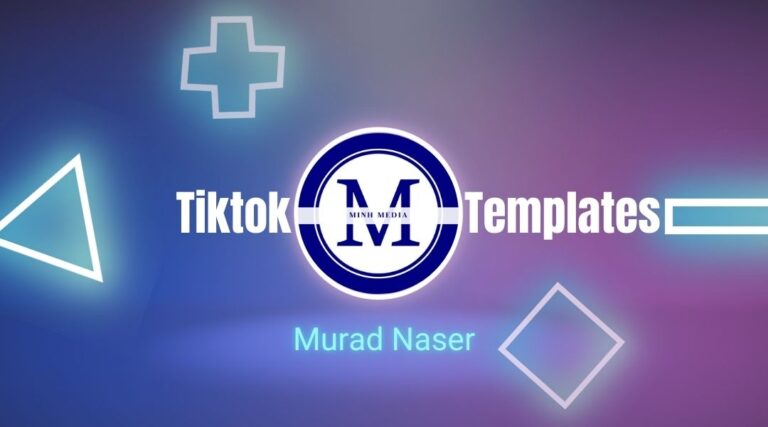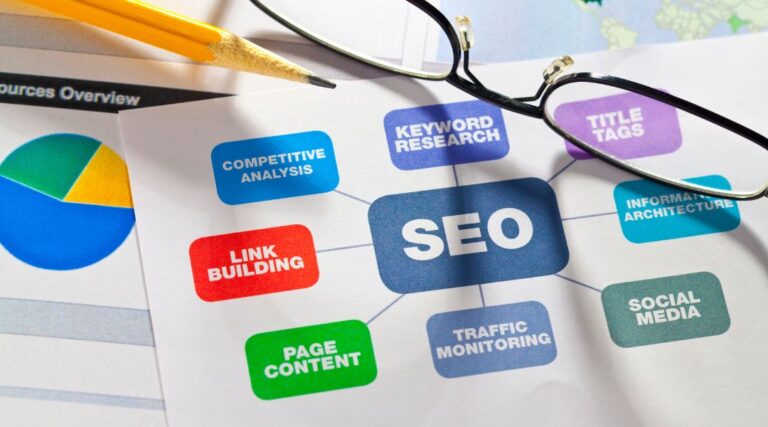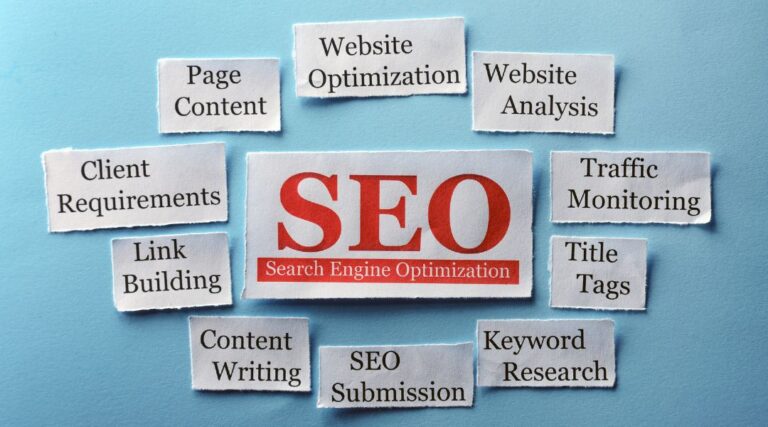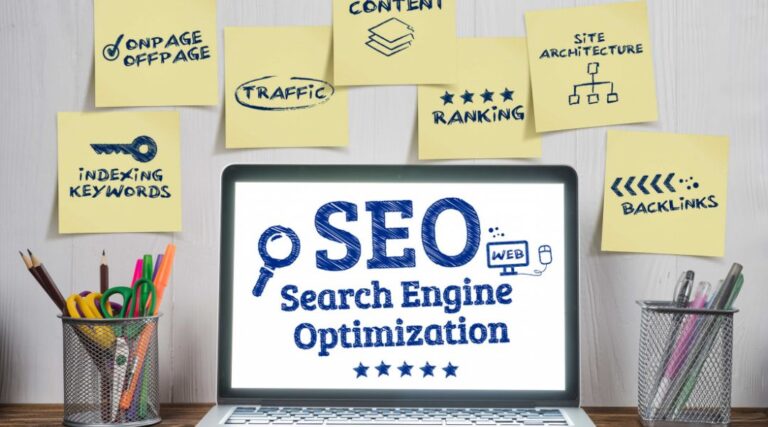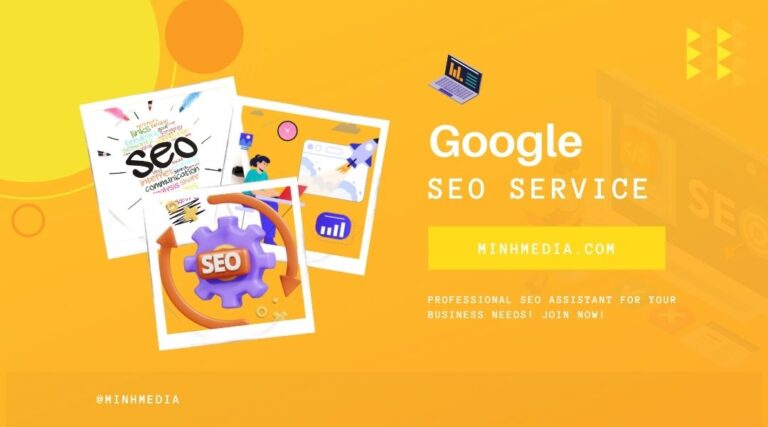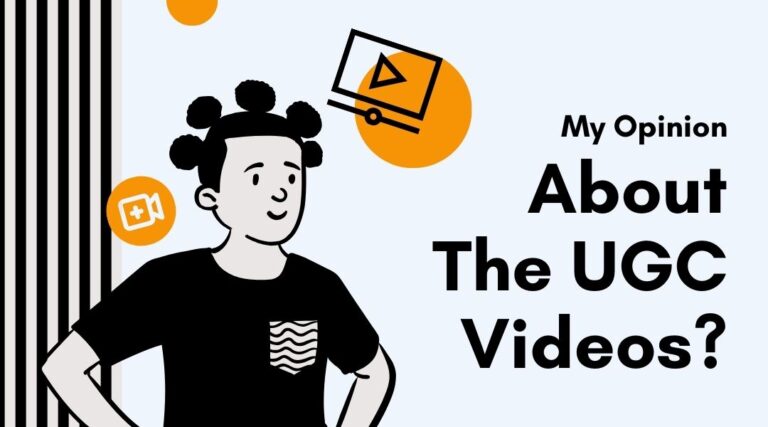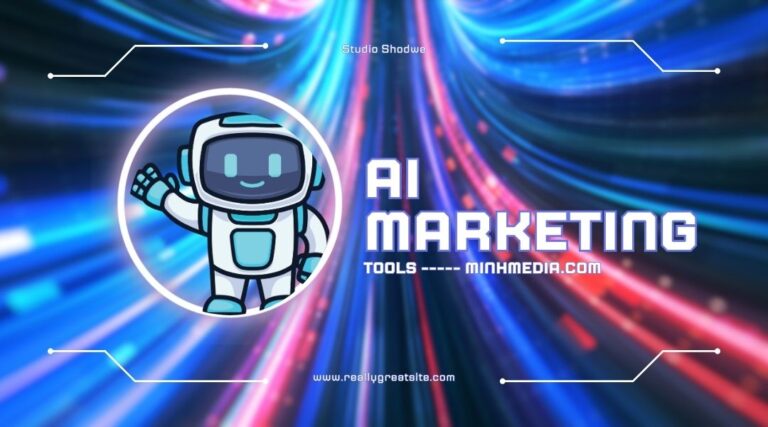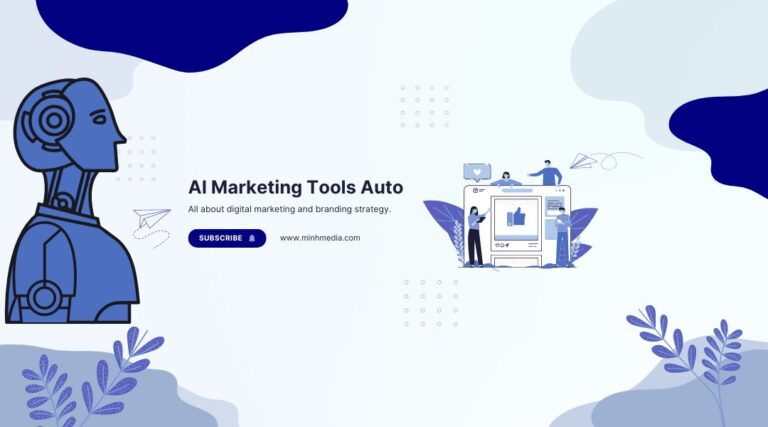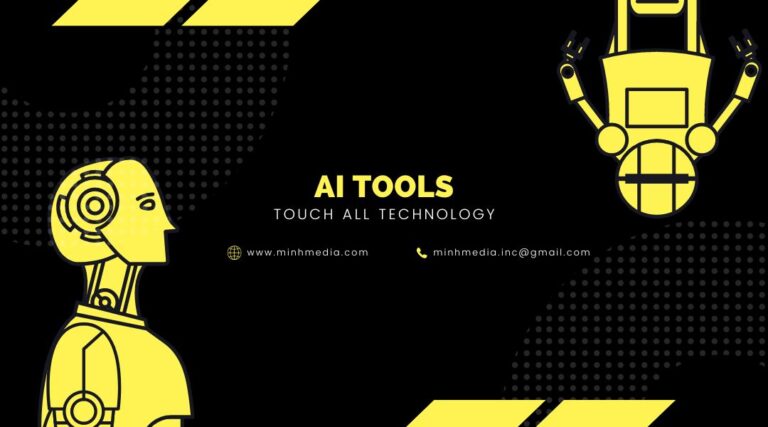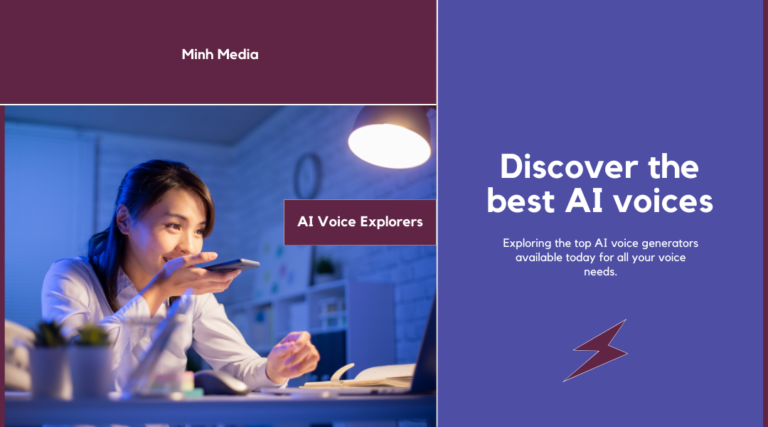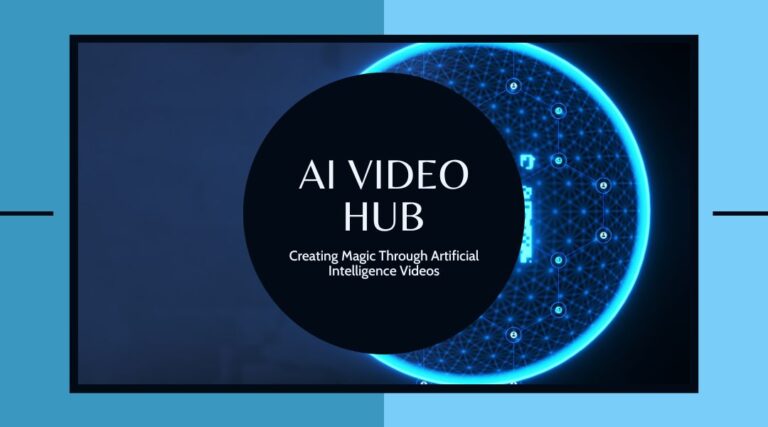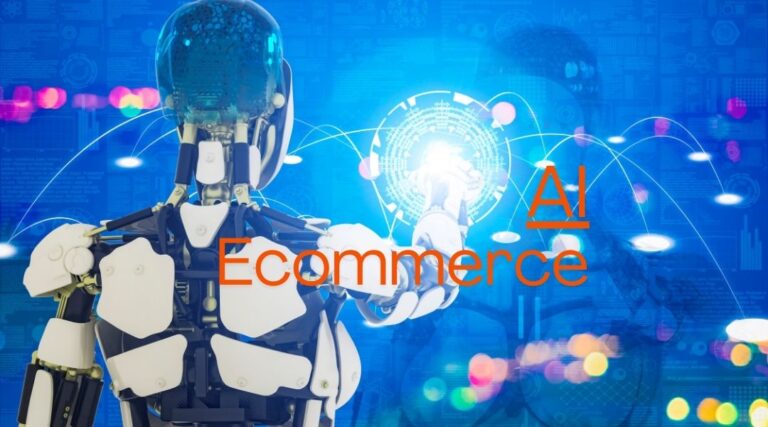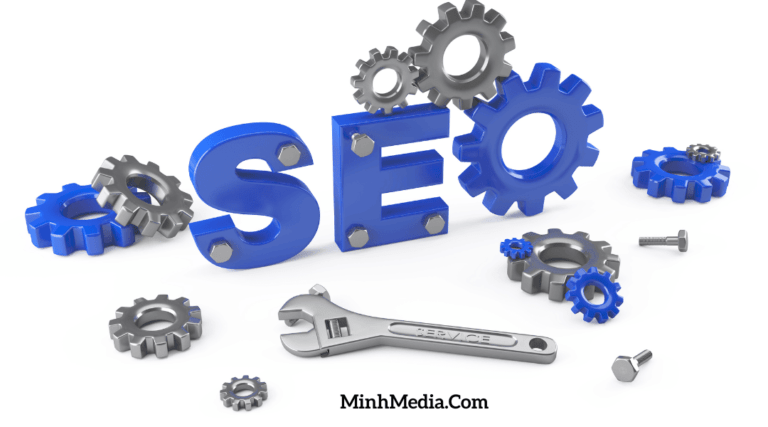User-generated video content (UGVC or UGC video) is any video content created by consumers or users about a brand, product, or service, rather than by the brand itself or a...
Digital Products
Awesome Instagram Reels Templates in 2024
Introduction: The Rise of Instagram Reels and Their Importance in 2024 Instagram Reels Templates has emerged as one of the most powerful tools for creators...
The Best Meta Quest 3 Deals Bundle Offers
Introduction The Meta Quest 3 is the latest advancement in virtual reality technology, offering an immersive experience with enhanced performance. For users who want to...
The Best Apple Deals on Amazon, Bestbuy 2024
Introduction When it comes to getting the best tech, Apple products consistently deliver in quality, functionality, and innovation. Whether you’re on the hunt for a...
ArtWork Shop
My Review
Methodology for Creating Video Templates for YouTube, TikTok, Instagram, and Social Media Platforms 1. Understanding Platform Requirements 2. Researching User Intent and Platform Trends 3. […]
1. Introduction TikTok has redefined digital content creation, captivating millions of users worldwide. Amid this vibrant ecosystem, TikTok templates have emerged as indispensable tools for […]
1. Introduction YouTube Templates YouTube templates play a crucial role in defining a channel’s identity, making it visually appealing, and engaging your audience. A well-designed […]
1. Introduction to Google Search Engine Optimization (SEO) SEO (Search Engine Optimization) is Google Search Engine Optimization a crucial process for optimizing your website to […]
Introduction to Search Engine Optimization (SEO) Search Engine Optimization (SEO) is the practice of enhancing your website to improve its visibility on search engine results […]
1. Introduction: Understanding SEO and Google Search Engine Optimization (SEO) is the practice of optimizing web content to improve its visibility and ranking on search […]
1. Introduction: Understanding Search Engine Optimization (SEO) What SEO Is:Search Engine Optimization (SEO) refers to the practice of optimizing websites and online content to rank […]
In today’s digital landscape, user-generated content (UGC) has become one of the most powerful tools for brands to engage with their audience. The rise of […]
1. Introduction: The Growing Impact of AI in Marketing The landscape of digital marketing has been profoundly transformed by AI. From automating content generation to […]
Introduction: AI Content Creation: The Future of Efficient and Scalable Content Artificial intelligence (AI) has revolutionized numerous industries, with content creation being one of the […]
Introduction: The Art of Designing a Great Outdoor Patios Creating the perfect great outdoor patios transforms your backyard into an extension of your home. It’s […]
Introduction Smart glasses have rapidly evolved from being niche gadgets to becoming an integral part of everyday tech. Whether you’re looking to experience hands-free navigation, […]
Introduction The Meta Quest 3 is the latest advancement in virtual reality technology, offering an immersive experience with enhanced performance. For users who want to […]
Introduction When it comes to getting the best tech, Apple products consistently deliver in quality, functionality, and innovation. Whether you’re on the hunt for a […]
Introduction: In today’s digital era, social media platforms are not just a means of connecting with friends or sharing personal moments; they’ve evolved into powerful […]
Introduction Overview of AI in Marketing In recent years, Artificial Intelligence (the best AI marketing tools ) has dramatically reshaped the marketing landscape, bringing about […]
Introduction Artificial Intelligence (AI) has revolutionized the way we think, work, and interact. The rapid advancements in AI technology have instigated profound changes across various […]
The world of visual creation is undergoing a profound transformation, thanks to the advent of Artificial Intelligence (AI). AI image generators are rapidly changing the […]
The Rise of AI Voice Generators: Why they’re transforming content creation, accessibility, and more The world of content creation and communication is undergoing a remarkable […]
In the ever-evolving world of content creation, the rise of AI-powered video generators has revolutionized the way we approach visual storytelling. These innovative tools, powered […]
Looking to build a stunning website? Discover the best website builders of the year for effortless design and functionality. Explore user-friendly platforms that empower you to create your dream site in no time. Embrace the power of the best website builders and unlock unlimited possibilities for your online presence. Start building today!
Discover the top Ecommerce Platforms of revolutionizing online businesses. robust features, these platforms offer seamless integration, secure payment gateways, and customizable templates. Boost your online’s growth and stay ahead of the competition.
There are many SEO tools born to make SEO effective optimization simpler. The following article will tell you the top 12 best wesbite keyword SEO tools in 2024. From there, it will help you monitor and offer the best SEO solutions.
It can be difficult to choose between Ai email marketing tools because the right tool can significantly affect the effectiveness of email campaigns. To ease […]
Case Studies & Inspiration, Digital Business Tips, Video Marketing Guides Amazing social media management tools
Amazing social media management tools
In the fast-paced world of social media, effective management is crucial for businesses to stay competitive and engage with their audience effectively. Social media management […]
Your Passion is the reason you wake up in the morning, and just thinking about it is enough to keep you up late at night […]
Occasionally, appointment confirmations may be sent to you through the Minh Media platform. We send these messages via email or automated SMS. Message and data […]














)


